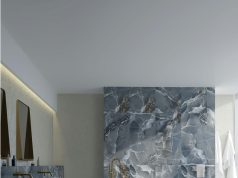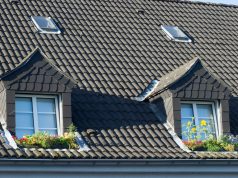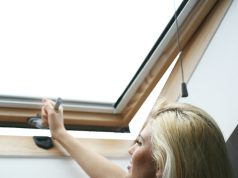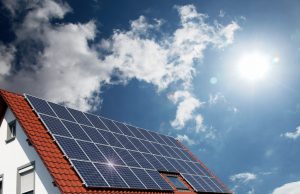
When it comes to designing a bespoke kitchen, the choice of materials is of utmost importance. Among the many options available, wooden boards stand out as a timeless and versatile choice. Wood brings warmth, character, and a touch of natural beauty to any kitchen space. However, not all wooden boards are created equal. In this article, we will explore the various types of wooden board materials commonly used in bespoke kitchen making, highlighting their unique features, benefits, and considerations.
Solid Wood:
Solid wood is the epitome of authenticity and craftsmanship. It is crafted from a single piece of natural wood, such as oak, maple, cherry, or walnut. Solid wood boards offer unparalleled durability, longevity, and a classic aesthetic. They can be shaped, carved, and stained to suit individual preferences. However, it’s important to note that solid wood is susceptible to changes in temperature and humidity, which can cause warping or cracking if not properly maintained.
Birch Plywood:
Birch Plywood is a composite material made by layering thin sheets of wood veneer together, with each layer placed perpendicular to the previous one. This construction technique enhances the strength, stability, and resistance to warping of plywood boards. Plywood is available in different grades, such as interior, exterior, and marine, each suitable for specific applications. It offers cost-effectiveness, versatility, and excellent dimensional stability, making it a popular choice for bespoke kitchen cabinetry and shelving.
Medium-Density Fibreboard (MDF):
MDF is an engineered wood product made from wood fibres bonded together with resins and compressed under high pressure. It is an affordable and smooth material that provides a consistent surface for painting and finishing. MDF boards are highly versatile, allowing intricate designs and detailing. However, they are prone to moisture damage and should be sealed properly to prevent swelling or deterioration in kitchen environments where humidity levels can be high.
Particleboard:
Particleboard, also known as chipboard, is made from wood particles or chips bound together with resin or glue. It offers affordability and a smooth surface, making it suitable for cabinet doors, drawers, and panels. Particleboard is available in different densities, with higher density boards providing better strength and durability. However, particleboard is less moisture-resistant compared to other wooden board materials, and it can lose structural integrity if exposed to water or excessive humidity.
Solid Wood Veneer:
Solid wood veneer is a thin layer of natural wood applied to a substrate, typically plywood or MDF. It allows you to achieve the appearance of solid wood while minimizing costs and maximizing stability. Veneered boards offer a wide range of wood species, grain patterns, and finishes to choose from, enabling you to achieve a bespoke look without the high price tag. However, it’s essential to ensure the quality of the veneer and the bonding process to ensure long-lasting performance.
Choosing the right wooden board material is a crucial aspect of bespoke kitchen making. Each type of material brings its own set of advantages and considerations. Solid wood offers timeless beauty and durability but requires careful maintenance. Plywood and MDF provide cost-effectiveness and versatility, while particleboard offers affordability but with reduced moisture resistance. Solid wood veneer strikes a balance between cost and aesthetics. By understanding the characteristics of these wooden board materials, you can make informed decisions that align with your design vision, budget, and practical requirements, ensuring a stunning and functional bespoke kitchen that will stand the test of time.













